Using Quad Chaos
I’m proud to announce the release of our first patch – Quad Chaos. I met Armando, the programmer, on the Max/MSP group on Facebook and his background was exactly what I was looking for and we got along very well. Quad Chaos is basically a patch version of what this blog is about: finding ways to have innovative sound design through modulation and chaos.
Speaking of chaos, the only “rule” for using Quad Chaos is to resample everything you do, because we intentionally wanted it to be something that works ephemerally; something you can’t really control and just have to go with. There are many tools out there you can use to do anything you want, but we wanted to create something experimental that can be fun and creative at the same time.
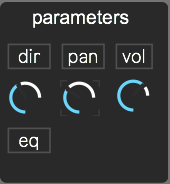
The first thing that appears when you load up Quad Chaos is a screen in which you can add up to four samples. If you hear nothing when you load in a sound, you probably need to raise the volume, direction, or panning. In the demo video, Armando has used short samples, but I find that the magic truly comes together when you load up longer files such as field recordings, things that are four bars long, or even melodic content. I don’t really find that Quad Chaos works well if you load a sample that has multiple instruments in it, but I still need to explore it more and I could be wrong about that. My advice is to start with one sample that you load into Quad Chaos, and then with your mouse, highlight a portion of it. Personally, I like to start with a small selection based on the waveform content I see. I’ll try to grab one note/sound, along with some silence. Once you make a selection, you’ll hear a loop playing that might sound like something in a techno track…but this is just the beginning.

While it’s very tempting to load in all four samples at once, if you do things this way, Quad Chaos will get out of control quickly; I like to start with one layer and then build from there.
Once you isolate a section that loops to your taste, it’s time to engage the modulation. One trick that I like to do with any synths or gear is to move one knob to its maximum and then minimum, quickly then slowly, to simulate what an LFO could do. When I find something I like, then I’ll assign an LFO or envelope to it and start my tests.
For example, in Quad Chaos you can assign the first modulator to a direction; you click on “dir” and you’ll see numbers underneath, which represent the modulation source. To access to the modulation section, use the drop down menu and pick “mod” and you’ll see the first modulation.
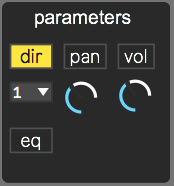

Depending on how you set it up, you’ll start hearing results as your sound now has modulation on and in full effect. I know the lack of sync in the plugin might seem odd, but to repeat myself, a lack of sync is needed to create “chaos” and this approach gives more of an analog feel to what you make; you can get some pretty polyrhythmic sequences because of this as well.
As I mentioned earlier, how I start my sound is usually just with an LFO set to sine curve and the I explore slow/fast oscillation to see what kind of results I get. I’ll find a sweet spot somewhere in the middle or something, then I’ll try all the different oscillations to hear other results. I’m very much into the random signal just because it will create the impression of constantly “moving” sonic results. Afterwards, I have a lot of fun scrolling through the recorded results of these experiments and then from them I pick one-bar loops/sections. I find that the random signal is always the one that gives me pretty interesting hooks and textures.
Once you’re happy with the first layer you’ve created with the first loop, you can use the other loops to create complex ideas or simply to add a bit of life to the first one. I’ve seen a few artists using Quad Chaos already and everyone seems to comes up with really different use-cases and results. One thing I often see is people dropping some important samples of a production they’re currently working on into the plugin to get some new ideas out of them. My friend Dinu Ivancu – a sound designer that makes movie trailers – tried out Quad Chaos and had some very lovely feedback of his own:
I love it JP!
[Quad Chaos] is a fantastic tool. I would love it even more if it had a few quality live options. Still though, as is, it’s an amazing tool to generate live and organic sounds out of ordinary samples. I’ll send you something I made with it and just two soft-synths. It’s fantastic. That reverb is AMAZING! Congrats – you guys did a great job. I’ll try to help [Quad Chaos] get to a wider audience as it’s very, very good for film work!
Dinu Ivancu
I think what Dinu is excited about here is the creation of small-but-detailed organic, improbable textures that are difficult or laborious to make in a very stern, organized DAW. Breaking down the strict boundaries of your DAW opens doors to creating sounds you’d hear in the real world that are completely off-sync and un-robotic. Quad Chaos also includes a built-in reverb to help create space for your sounds (and there are other effects included as well!).
Jason Corder, “Offthesky”, sent us a neat video of himself working with Quad Chaos. Jason shows us how you can record a song live, only using the plugin. It’s very spontaneous; he’s using the macros to create external automation to keep a minimum structure. This approach is something I didn’t initially think of, but seeing Jason do it makes me think that I’ll explore that avenue next time I use it!
You can get a copy of Quad Chaos here and if you make songs or videos, I’d be more than happy to see how you use it!
SEE ALSO : Creating tension in music


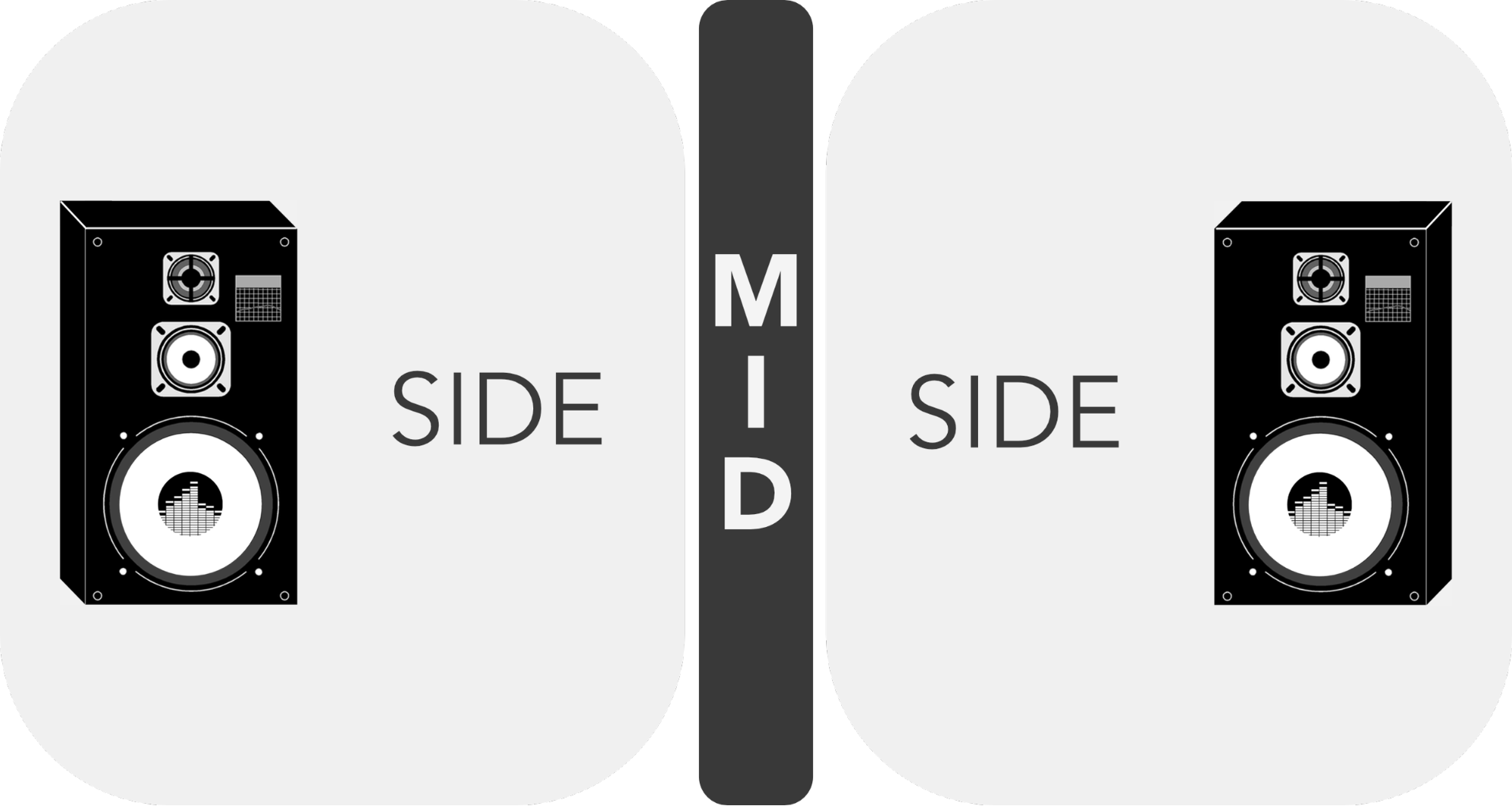

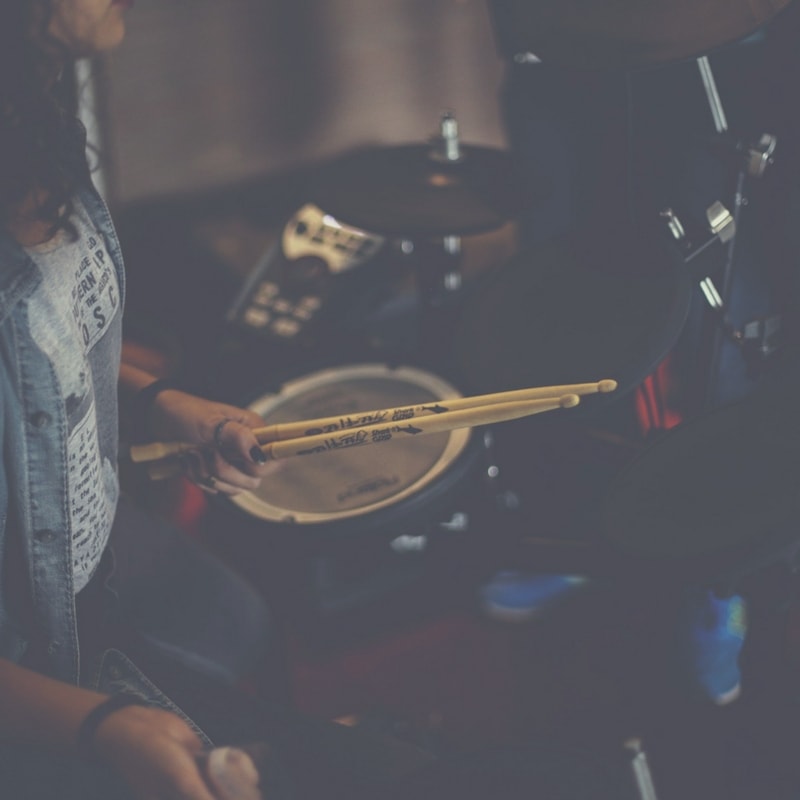
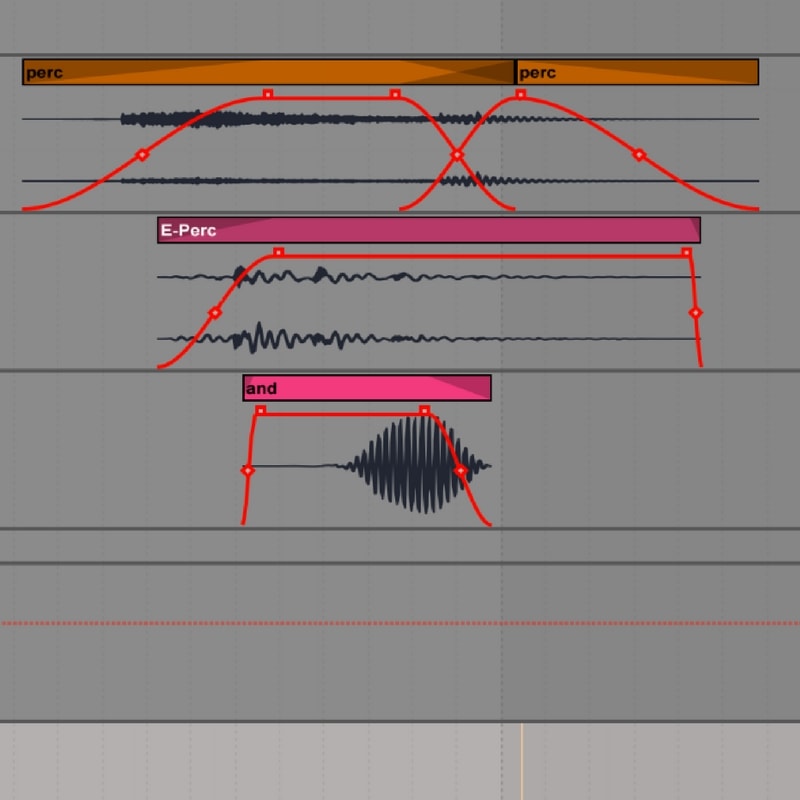
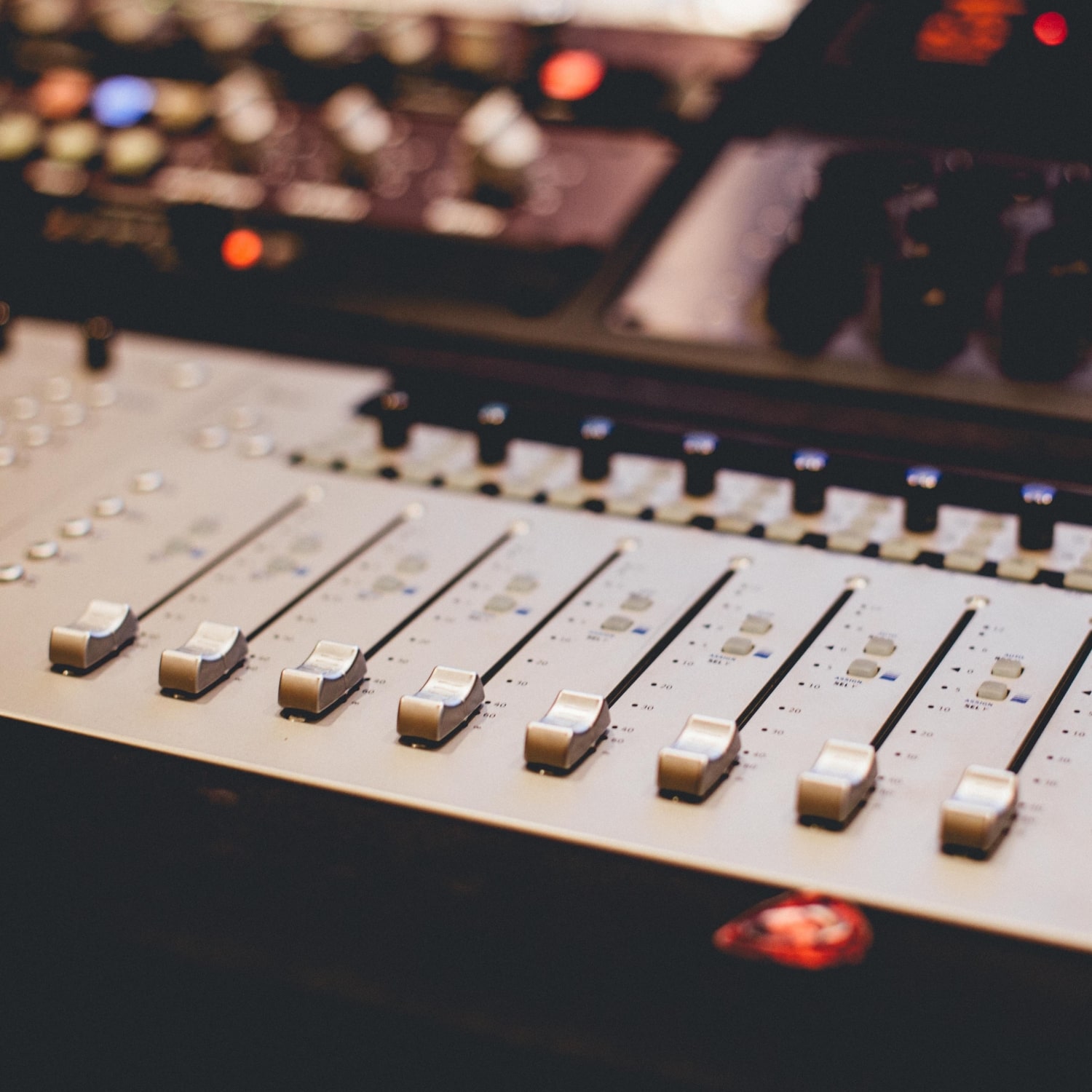


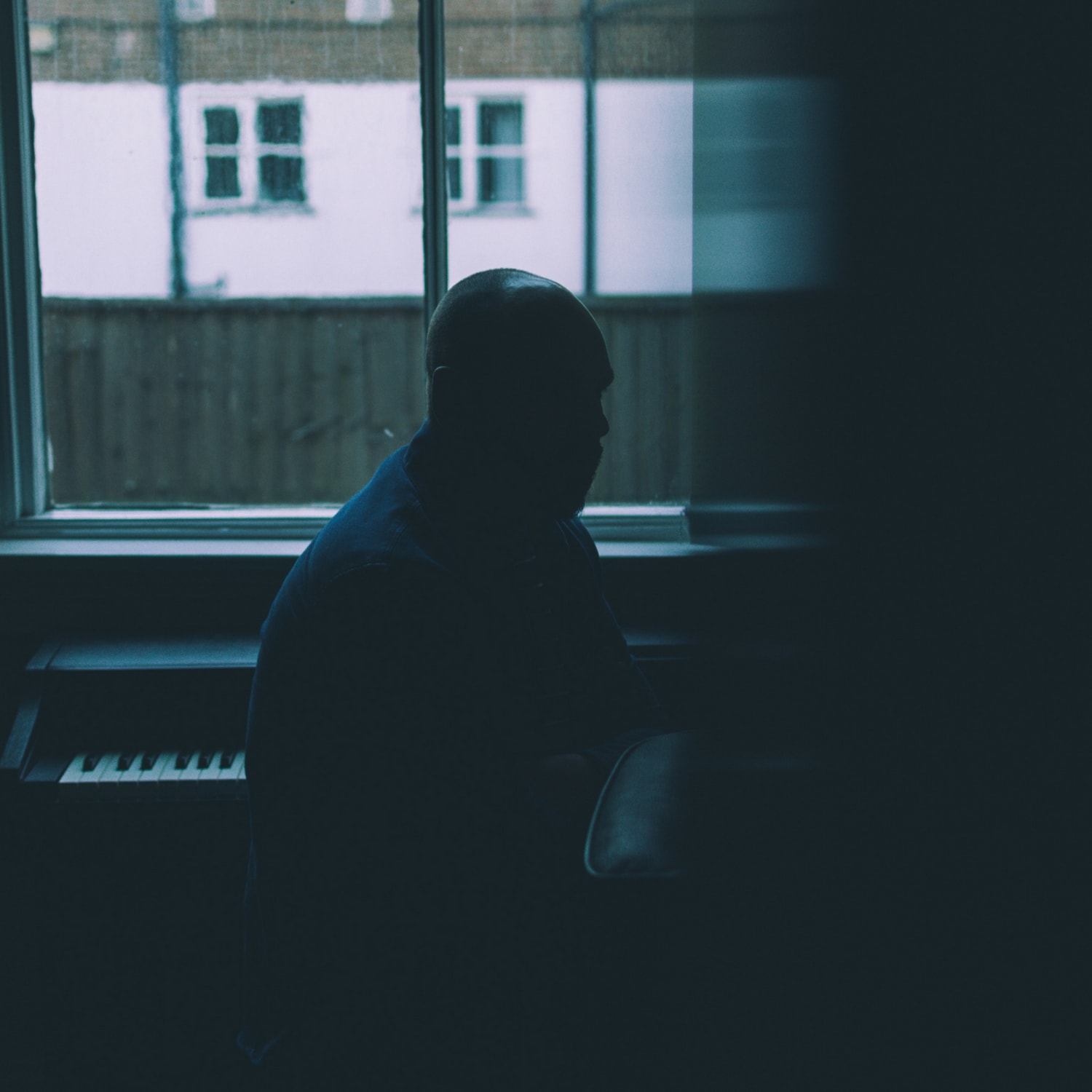
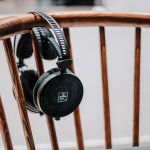

Leave a Reply
Want to join the discussion?Feel free to contribute!